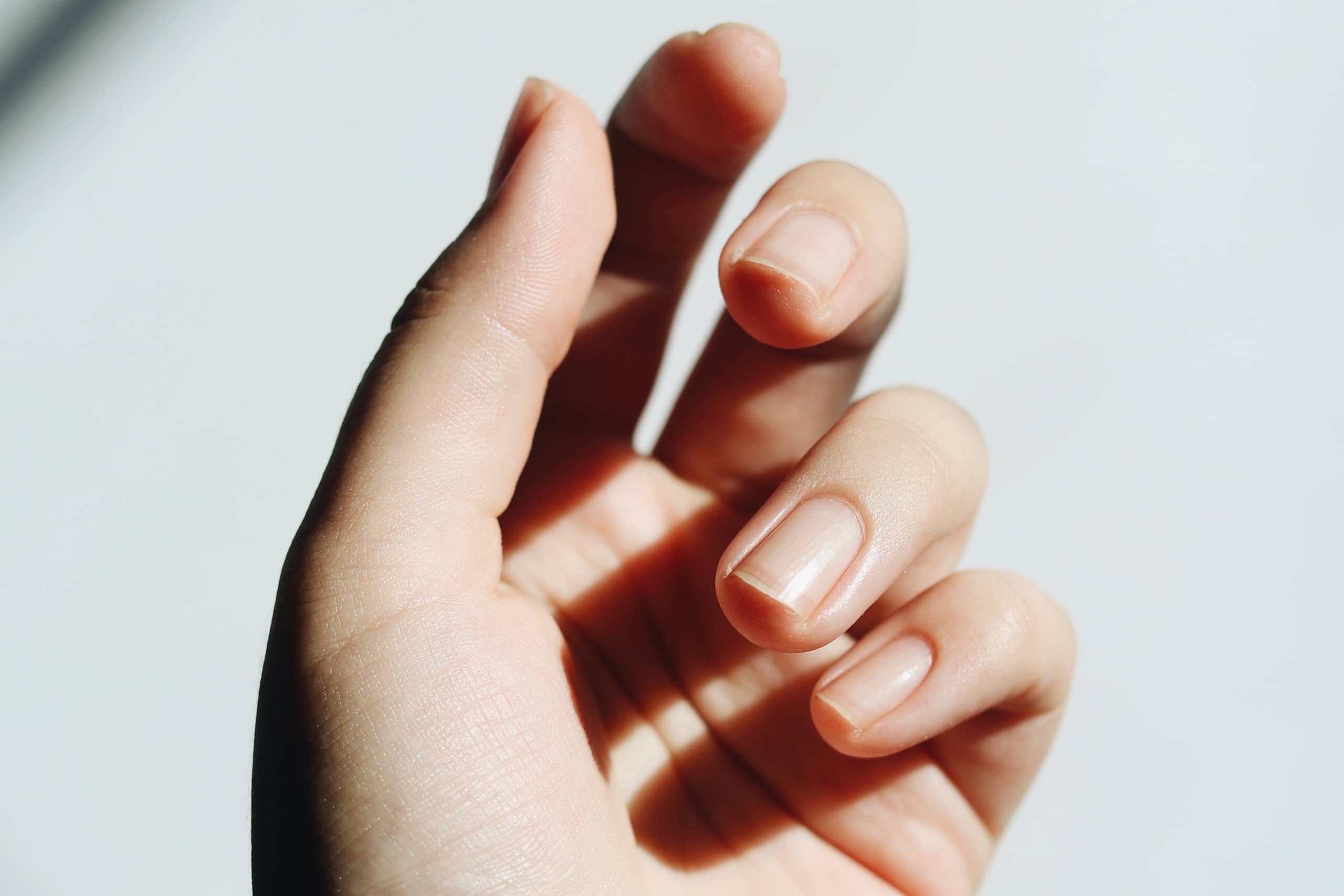Full, strong hair is considered the ideal of beauty these days. For many people, however, this is not achievable in a natural way, since hair loss - especially in old age and under stress - occurs frequently. However, there are several methods in aesthetic medicine that fight against the loss and thinning of the hair. In the following text you will learn everything about hair thickening and hair transplantation.
When is hair thickening or hair transplantation used?
Hair thickening or hair transplantation is used for people who suffer from thinning hair or severe hair loss. This is a loss of more than 100 hairs per day. A certain amount of hair loss is normal and should be differentiated from pathological hair loss, also known as effluvium.
Both men and women can be affected by hair loss and wish for a thickening of the hair on their heads. This is most common with the so-called androgenetic effluvium, which can occur in almost 70 percent of all men and up to 50 percent of women in old age. This is caused by androgens, i.e. male sex hormones. But a hereditary predisposition, which makes the hair follicles more sensitive to these hormones, also plays a role in androgenetic hair loss. Hair transplants or hair thickening can be used to effectively treat early androgenetic hair loss. In addition to this form of hair loss, there are others that are associated with autoimmune diseases or deficiency symptoms, among other things. However, hair thickening or transplants are usually not useful.
Who is hair thickening or hair transplantation suitable for?
Hair thickening or hair transplantation is particularly suitable for people who are uncomfortable with their thinning hair. This is particularly common in the case of early hair loss, as those affected appear much older and their self-confidence can suffer as a result. Only people who still have enough healthy hair follicles with hair roots are suitable for a hair transplant, as these serve as a transplant. Although the same requirements apply to hair thickening through autologous blood treatment as to a transplant, patients must not have any disease that affects the blood or is transmitted through the blood. These include infectious diseases such as hepatitis C and HIV or blood clotting disorders. Autoimmune, liver and cancer diseases are also contraindications to autologous blood injections.

What do I have to consider before hair thickening or hair transplantation?
Before hair thickening or transplantation, Dr. Matiasek will hold a detailed consultation with you. He goes into detail about your wishes and ideas and discusses with you the best option for your individual hair situation. Depending on the hair loss pattern, age and patient wishes, either a hair transplant or hair thickening using the PRP method is recommended.
One week before a hair transplant, it is important to refrain from alcohol and nicotine and, if necessary, from blood-thinning medication. You should also know that the hair at the donor site must be shaved and this will result in bald spots on the back of the head, which, however, will not be visible for long after the hair transplant. Before hair thickening with PRP, it may also be necessary to stop taking blood-thinning or pain-relieving medication, as these impair the function of the blood platelets. You will be informed in advance about all necessary precautionary measures and what you should consider in your individual case.
How does hair thickening work?
Hair thickening using the PRP method is based on the principle that hair needs sufficient nutrients for healthy growth. To ensure this, patients are injected with a component of their own blood: platelet-rich plasma (PRP). Platelets, also known as thrombocytes, contain growth factors that stimulate hair growth when injected directly into the scalp.
To obtain this blood component, a small amount of blood is first taken from a vein in your arm. A special device called a centrifuge then separates the blood into its components, creating the PRP. This is then injected into the scalp with a very fine needle. The entire treatment usually takes between 30 and 45 minutes and is usually not painful because the needles used are particularly thin.
The best results are achieved with PRP hair thickening when hair loss begins. For advanced hair loss, Dr. Matiasesk rather to a hair transplant, whereby the two procedures can also be combined and thus achieve very good results.
How does a hair transplant work?
Hair transplantation can be done using two different methods. On the one hand through the FUT method, whereby a strip of skin is removed from the back of the head and the required hair roots are obtained from it. With the FUE method, on the other hand, the donor hairs are removed individually through a fine cannula and inserted into the area to be treated. A further development of the FUE method is the DHI method, in which the donor hair is implanted using a special tool instead of tweezers. All hair transplants can normally be performed under local anesthesia. Only rarely is twilight sleep or general anesthesia necessary. Since the scalp is numbed, patients usually do not feel any pain during the procedure.
If the hair transplant takes place using the FUT method, Dr. Matiasek first looks for a good donor site on the fringe of hair or the back of the head. He then removes the donor strip and sews up the resulting wound edges. Using special instruments, Dr. Matiasek removes the hair roots, removes them from the donor strips and stores them in a nutrient solution to protect them from drying out. Small openings are now made in the scalp in the recipient region, into which the hair roots are then inserted.
The main difference to the FUE method is the type of extraction. Because the hair roots are taken directly from the hair ring or the back of the head with a small hollow needle. Planting the roots is done in the same way as in the FUT method.
Hair thickening and hair transplantation: what are possible side effects?
Complications from hair thickening are extremely rare because the injected blood is your own. Rarely, however, redness, swelling or bruising can occur, which will disappear by themselves after a few days. During hair transplantation, swelling and pain at the donor sites can occur, especially during the night after the procedure. Pain and swelling in the forehead and eye area can also occur, but will also disappear on their own after a few days. With the FUT method, visible scarring can occur in the area where the donor strip is removed, which does not happen with the FUE method due to the gentler hair extraction. In rare cases, the transplant does not grow satisfactorily, which can happen especially after infections.
What do I have to consider after hair thickening or hair transplantation?
After hair thickening with the PRP method, you should cool the affected areas to prevent swelling and pain. In addition, sun protection by wearing a hat is essential in the first week after PRP treatment. A second session is planned after about four to six months. Depending on the response of the person concerned, the PRP treatment can be repeated up to six times.
After a hair transplant, it should be noted that the treated skin is severely irritated, which is why normal hair washing is prohibited for about two weeks. However, four days after the operation, patients can gently cleanse the scalp with a special lotion and a spray bottle. In the case of a suture using the FUT method, the sutures must also be removed after about one to two weeks. In order to check the success of the therapy, regular follow-up examinations take place, in which the healing progress is also discussed.
When are the results of hair thickening or hair transplantation visible?
Both hair thickening and hair transplantation do not produce instant results. Since the hair thickening by PRP first brings the hair roots into an active growth phase, you have to be patient. Denser hair growth is therefore only noticeable after about three to six months. During hair transplantation, the hair follicles go into a resting phase immediately after the procedure, which is only lifted after about four months. The full result can be assessed after eight to twelve months.
If you are interested in hair thickening or hair transplantation or would like more information about these treatments, Dr. Matiasek would be happy to invite you to his practice for a consultation.






